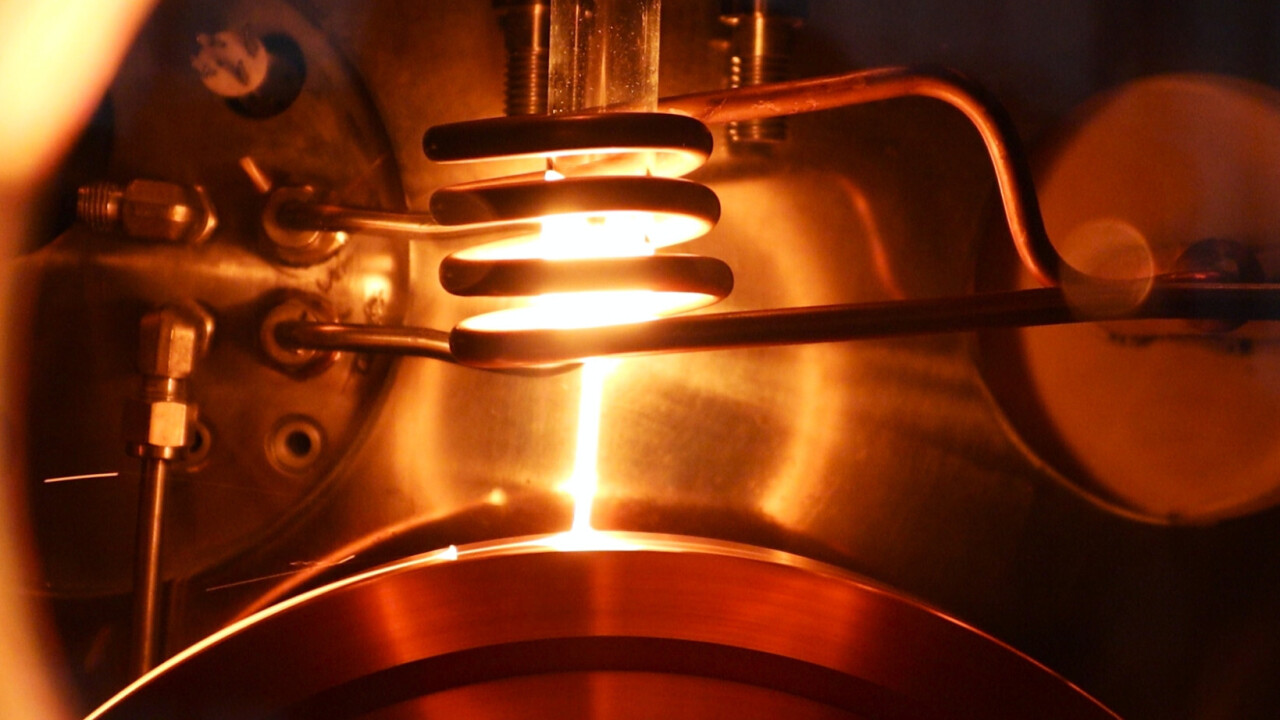
A UK-based startup has used an AI algorithm to identify a previously unknown kind of rare-earth free magnet, in a potential breakthrough for how we discover and create new materials.
Materials Nexus, headquartered in London, used its machine learning algorithm to identify and analyse over 100 million combinations of materials that could produce a viable rare-earth free magnet.
The winning formula is what the startup calls MagNex. It’s a permanent magnet free of rare earth’s like dysprosium and neodymium. Its creators say it can be produced at a lower cost and with less carbon emissions than comparable rare-earth element magnets in use today.
For Materials Nexus, magnets are just the beginning. Its machine learning algorithm can churn out combinations for all manner of materials for use in everything from microchips to superconductors.
“AI-powered materials design will impact not only magnetics but also the entire field of materials science,” said Dr Jonathan Bean, CEO of Materials Nexus.

Bean founded Materials Nexus in 2020. The startup has raised $5mn in VC and grant funding and now looks to bring its next-gen materials to market.
Speeding up materials discovery
Modern technologies, from electronics to EVs, make use of thousands of different materials. Most of these substances were discovered through trial and error over decades.
However, AI allows researchers to trial millions of possible material combinations virtually — removing much of the legwork. MagNex took just three months to design, synthesise, and test.
“This novel magnetic material was developed with breaktaking speed,” said Iain Todd, a professor at the University of Sheffield who helped synthesise MagNex.
Permanent magnets are used in a number of different technologies like EVs, wind turbines, robotics, and drones. Most of them rely on rare-earth metals. European demand for these metals is expected to rise five-fold by 2030.
However, the rare-earth metals required to produce these magnets are vulnerable to supply chain shocks. China is home to the biggest reserves. With geopolitical tensions mounting, depending on China for rare-earths is a risky game — and Europe knows it.
The EU’s Critical Raw Materials Act came into force this month. The law aims to cut the bloc’s reliance of foreign sources of materials including rare-earth metals. However, the holy grail is creating a magnet that doesn’t require these rare-earths at all.
Get the TNW newsletter
Get the most important tech news in your inbox each week.




